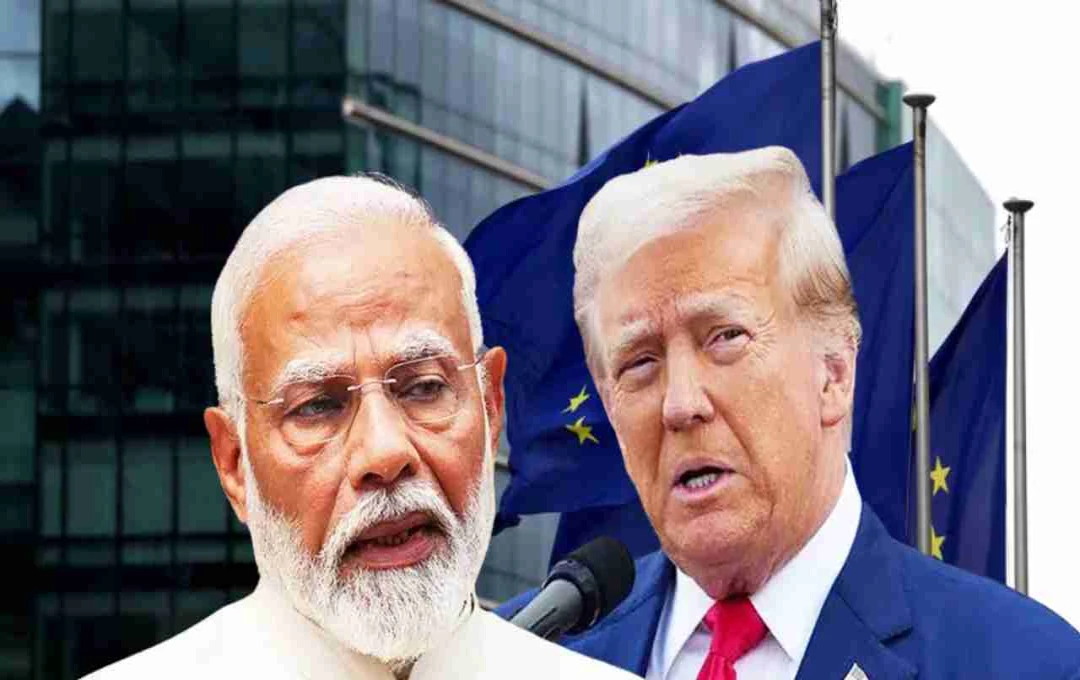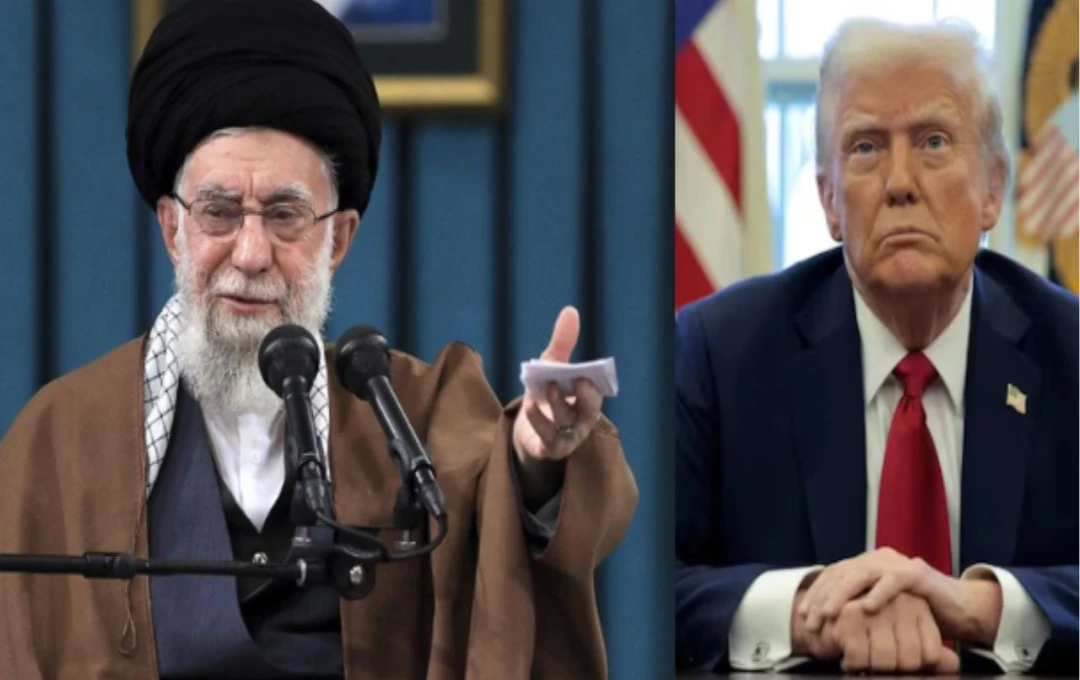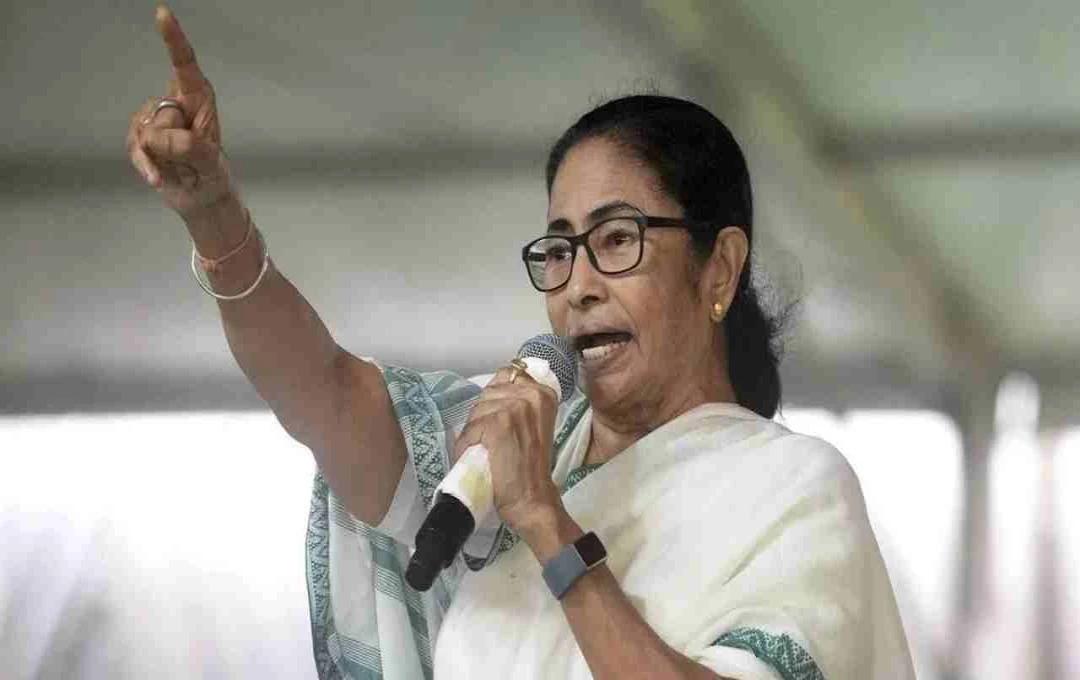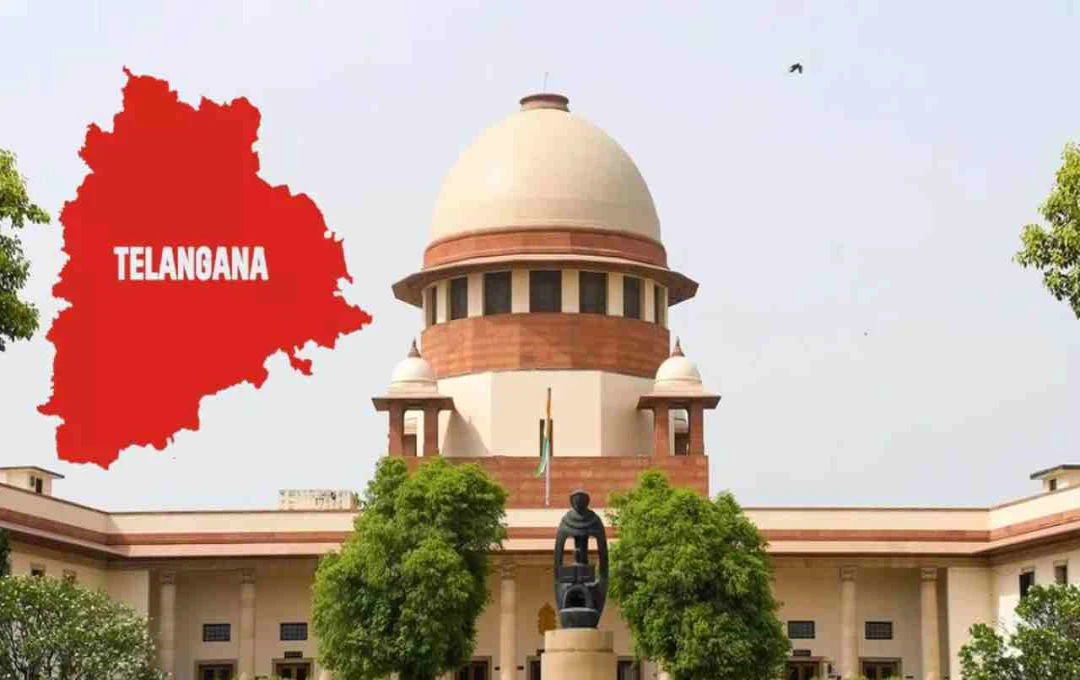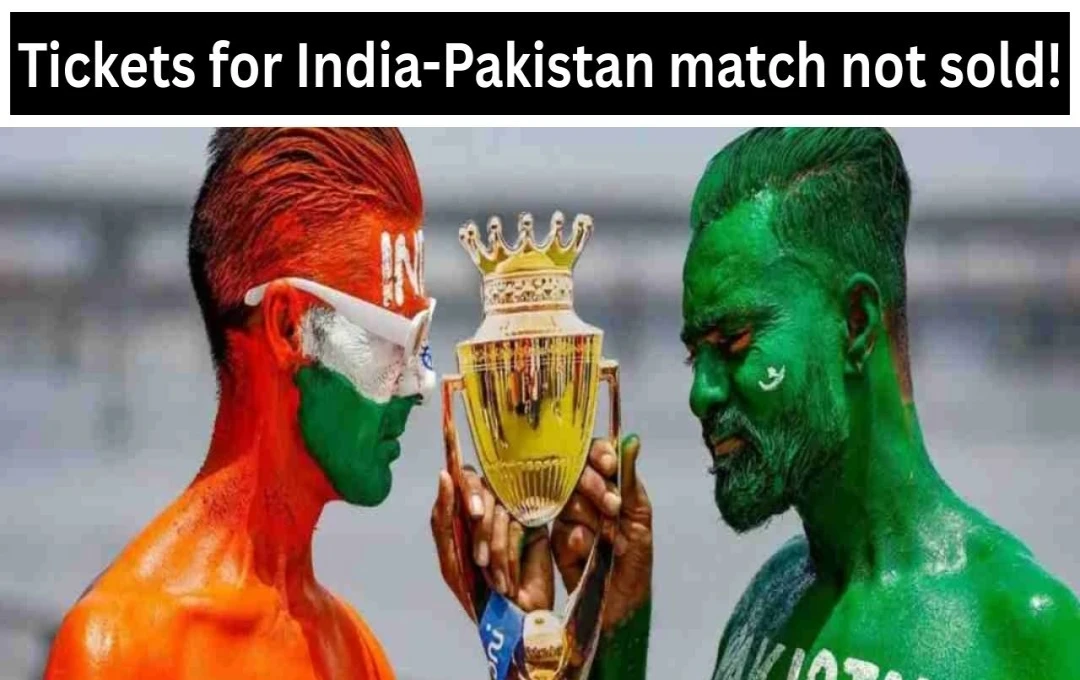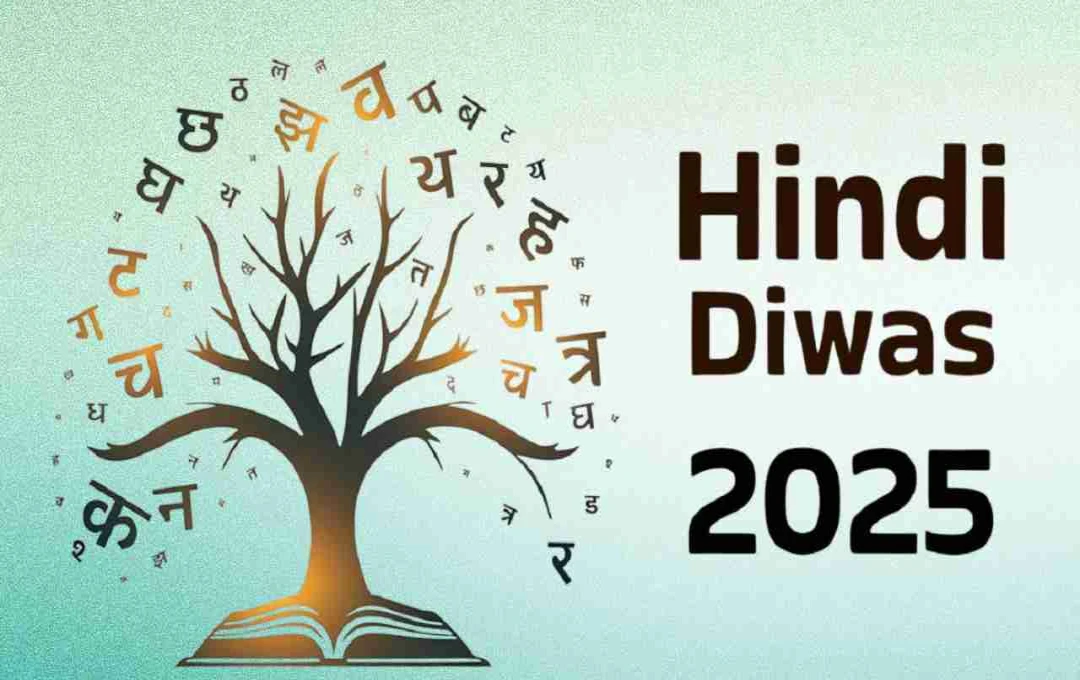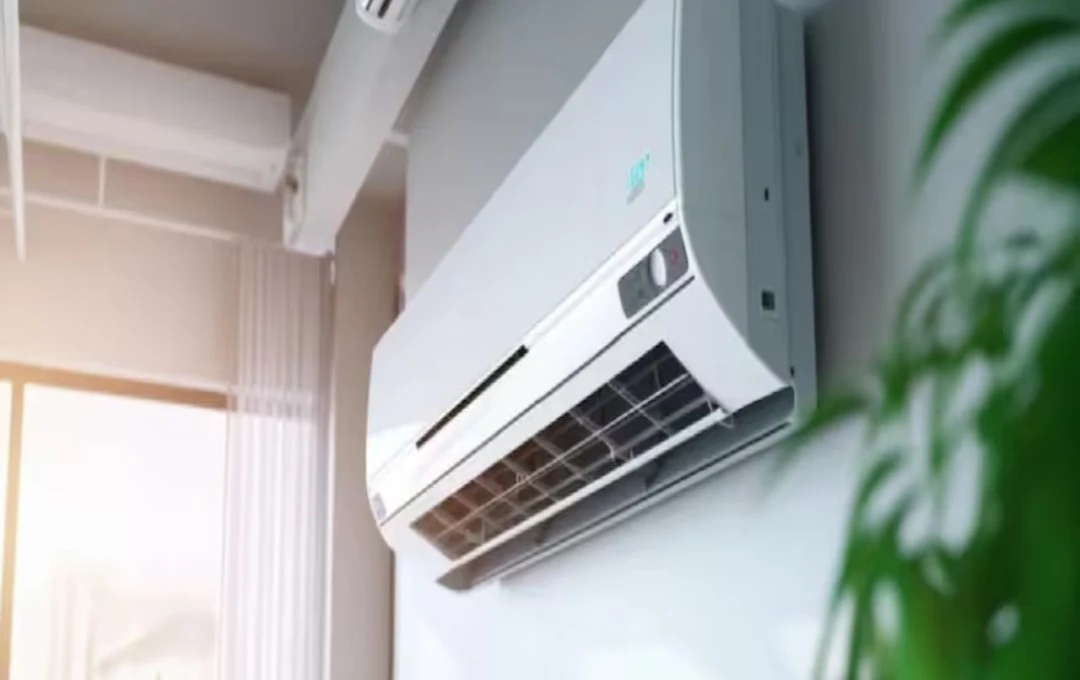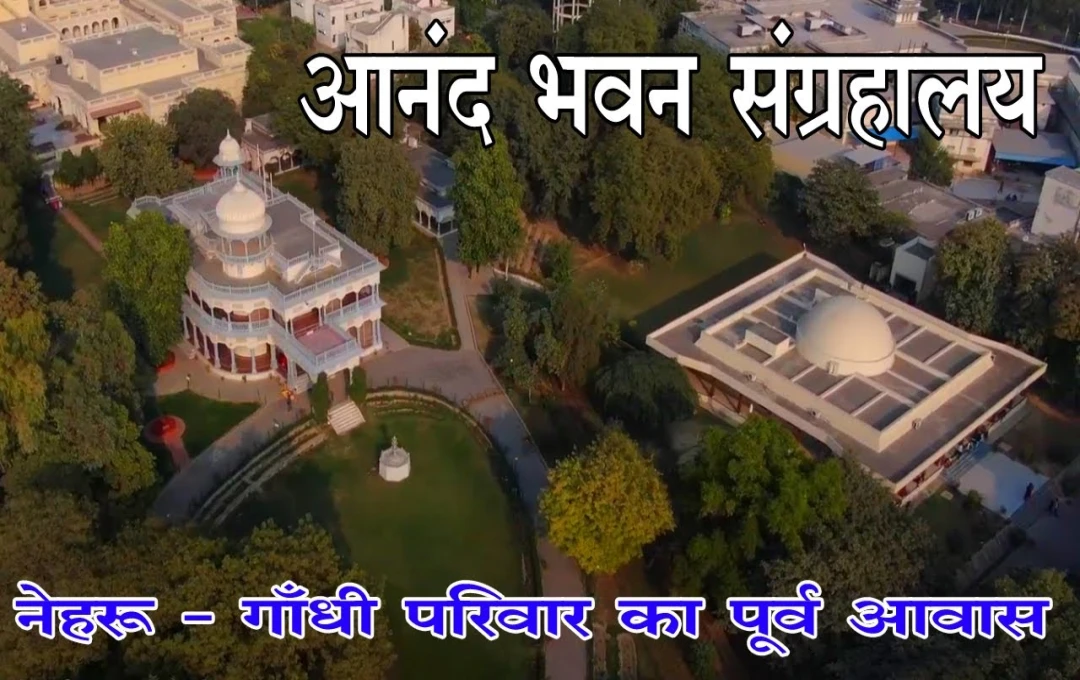Trump Suggested 100% Tariffs on India and China to Pressure Russia; EU Rejected, Prioritizing Targeted Sanctions. Trade Agreement Between India and EU is in the Final Stages.
Trump Tariff: U.S. President Donald Trump had suggested imposing a 100% tariff on India and China to increase pressure on Russia. He believed this would significantly impact Russia's oil exports, as India and China are its largest buyers. However, the European Union (EU) outright rejected this proposal.
In fact, Trump held direct discussions with EU Ambassador David O’Sullivan and other officials on Tuesday. The EU delegation had arrived in Washington to discuss new sanctions to be imposed on Russia. But the EU made it clear that imposing such harsh tariffs on entire countries like India and China is not practical.
Difference Between Sanctions and Tariffs
It is important to understand that the EU views sanctions and tariffs differently. Imposing sanctions involves a lengthy legal process and investigation to ensure a b basis. On the other hand, tariffs directly impact trade and prices.
So far, the EU has imposed tariffs on agricultural products and fertilizers originating from Russia and Belarus. However, imposing a 100% tariff on entire countries like India or China is considered a highly risky move. EU officials state that targeting specific companies is much easier. If they cease trading with Russian companies, the sanctions against them can even be lifted.
New Sanctions Imposed in July
In July 2025, the EU imposed several new sanctions on Russia. These included India's Nayara Energy refinery and two major Chinese banks. The EU believes that targeted sanctions are more effective, while imposing tariffs on entire nations can negatively affect relationships.
India-EU Trade Relations
Trade relations between India and the EU are currently very b. A major trade agreement between the two countries is in its final stages. Negotiations are ongoing on agriculture, dairy, and other issues to implement the agreement as soon as possible.
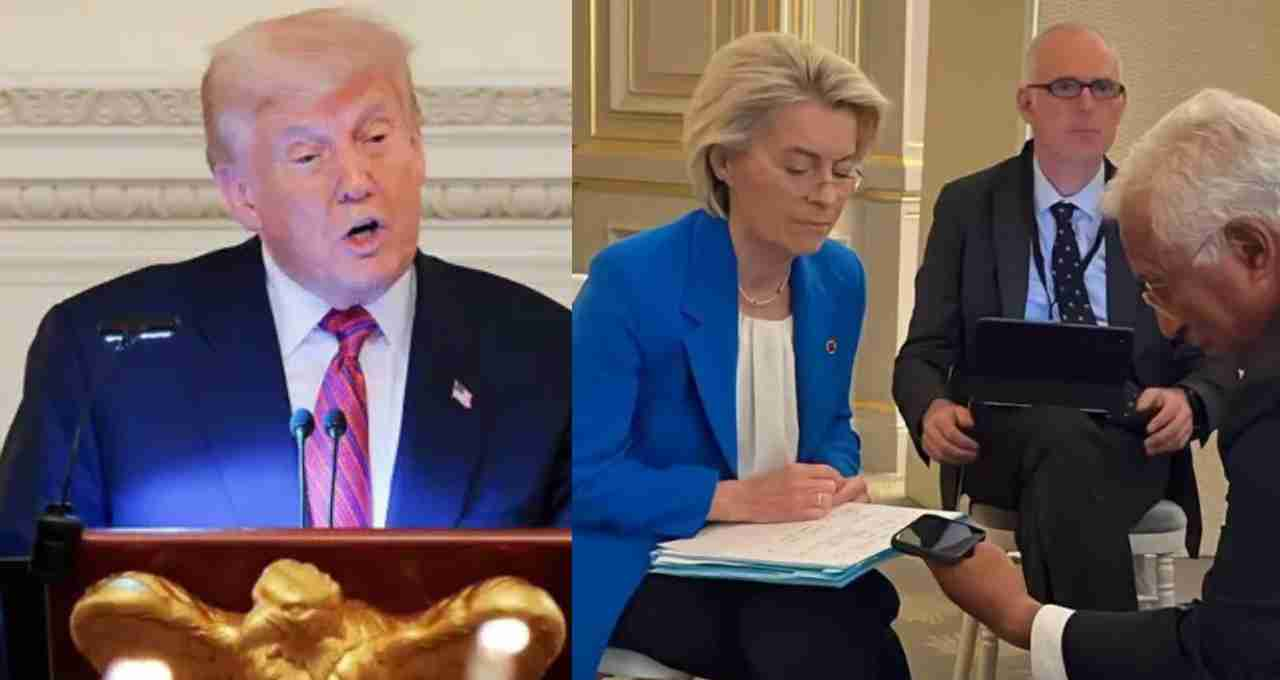
In the last 20 years, trade between India and the EU has tripled. In 2024, India became the EU's seventh-largest trading partner. Conversely, the EU is India's fourth-largest import partner.
Trade Figures
According to the Press Information Bureau (PIB), the total bilateral trade in goods between India and the EU reached $137.41 billion in 2023-24. By this measure, the EU has become India's largest goods trading partner.
Not just goods, but India and the EU also have b ties in services. In 2023, the trade in services between the two stood at $51.45 billion. According to the European Commission, the total trade in services between them in 2023 was €59.7 billion. However, the EU incurred a deficit of €7.9 billion in this regard. India mainly exports machinery, equipment, chemicals, metals, minerals, and textiles to the EU. Whereas, India imports mainly machinery, vehicles, and chemicals from the EU.
India-Middle East-Europe Economic Corridor
Cooperation between India and the EU is not limited to trade. The India-Middle East-Europe Economic Corridor was launched during the G20 Summit held in Delhi in September 2023. Its objective is to connect India with West Asia and Europe.
Major countries including the United States, UAE, Saudi Arabia, France, Germany, Italy, and the European Union are also involved in this project. The corridor's route extends to the Mediterranean Sea via the port of Marseille in France. However, due to the Gaza conflict, there has not been much progress in this project.
Why the EU is Avoiding the Tariff Decision
The biggest challenge facing the EU is that both India and China are crucial trading partners for it. Imposing tariffs on entire countries would directly impact billions of dollars in trade.
EU officials believe that targeted sanctions are the better approach to pressure Russia. In this way, they can exert limited influence on Russia's allies while safeguarding their significant trade relationships with countries like India and China from damage.
